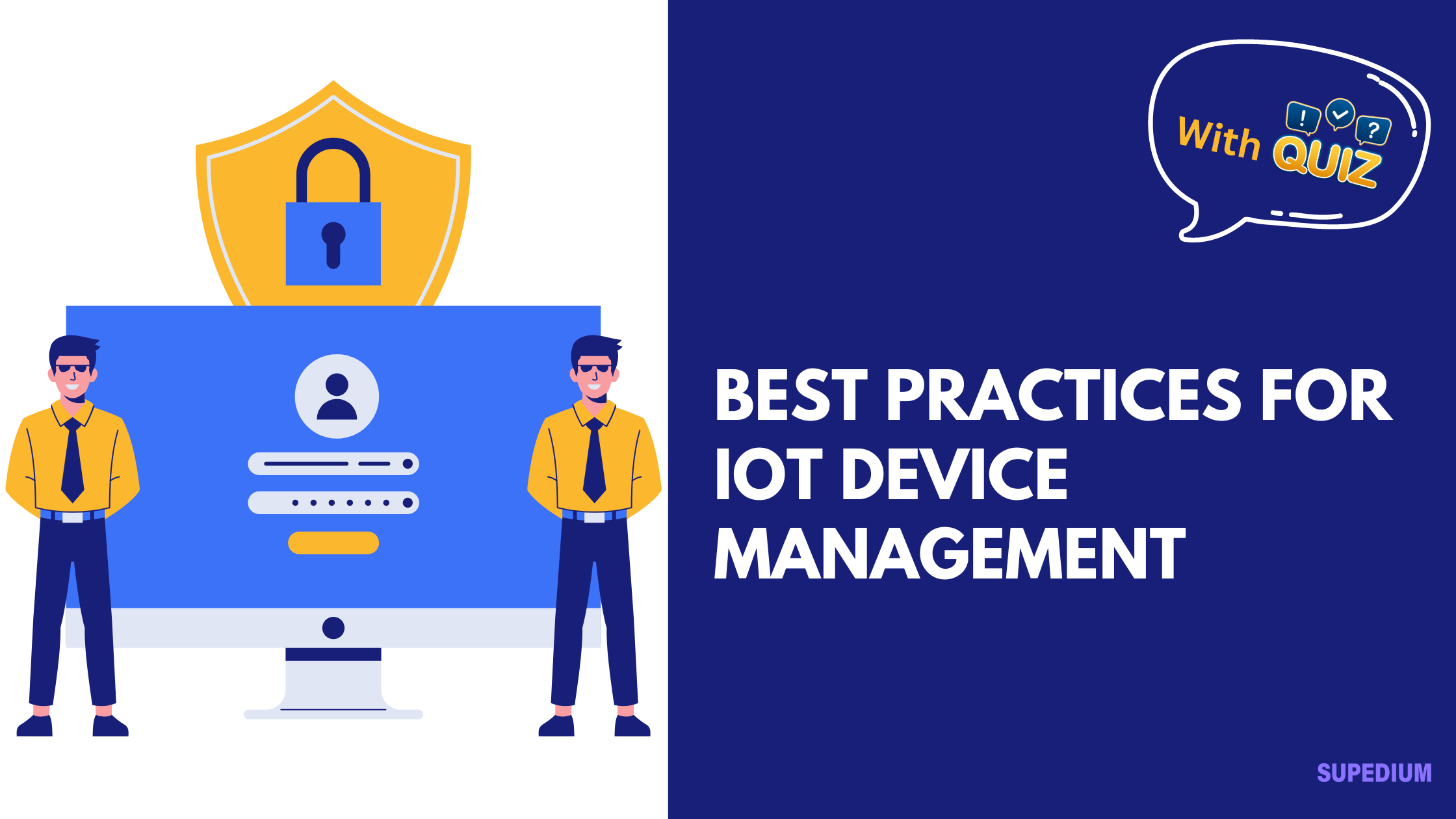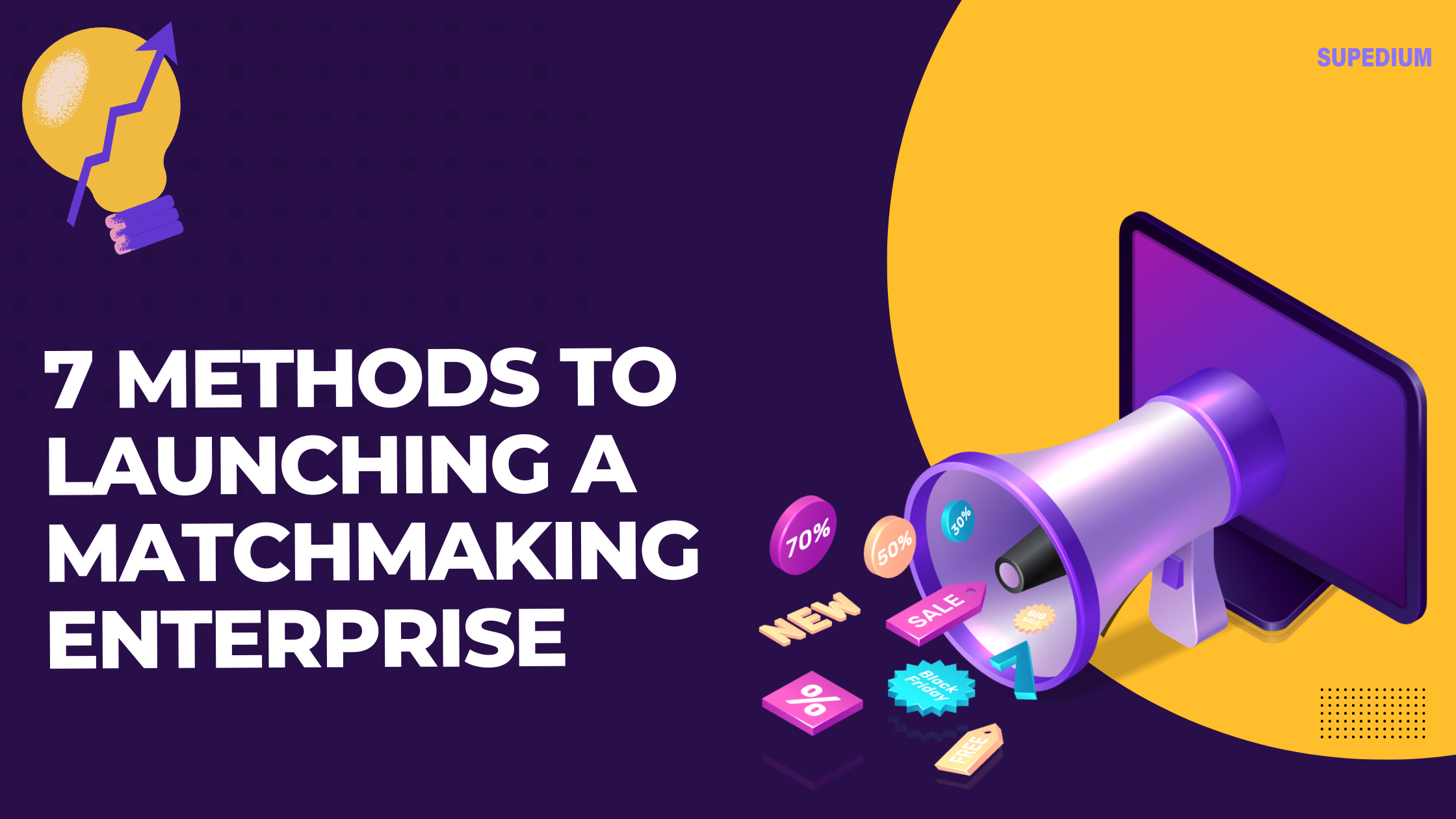Table of Contents
![]()
The Internet of Things (IoT) is revolutionizing industries by connecting devices and enabling data-driven decision-making. However, effective management of these devices is crucial for ensuring their reliability, security, and overall functionality. This article explores the best practices for IoT device management, addressing the complexities and challenges organizations face in this evolving landscape.
I. Introduction
Definition of IoT Device Management
IoT device management refers to the processes and technologies that facilitate the deployment, monitoring, maintenance, and security of IoT devices throughout their lifecycle. It encompasses everything from device onboarding to data management and security practices.
Importance of Effective Device Management in IoT
As the number of IoT devices continues to grow—projected to reach billions in the coming years—effective device management becomes critical. Proper management ensures operational efficiency, reduces downtime, enhances security, and improves user experience.
Overview of Key Challenges in IoT Device Management
Organizations face several challenges, including device diversity, security vulnerabilities, scalability issues, and data management complexities. Addressing these challenges requires a robust management strategy that adheres to best practices.
II. Device Onboarding
A. Secure Provisioning
Secure provisioning is the first step in device onboarding, ensuring that only authorized devices are connected to the network. Employing strong authentication mechanisms, such as digital certificates, helps validate device identity and establish trust.
B. Standardized Onboarding Processes
Utilizing standardized onboarding processes can streamline device integration. Automation tools can simplify the onboarding process, while user-friendly interfaces enhance the experience for both technical and non-technical users.
III. Device Configuration
A. Remote Configuration Management
Remote configuration management allows organizations to update and manage device settings from a centralized location. This approach offers flexibility and can significantly reduce operational costs. Companies should consider using dedicated configuration management tools to simplify these processes.
B. Firmware Updates and Patch Management
Regular firmware updates and patch management are essential for maintaining device security and functionality. Organizations should establish a routine for updates and implement rollback strategies to ensure device stability in case of issues.
IV. Monitoring and Diagnostics
A. Continuous Monitoring Solutions
Implementing continuous monitoring solutions enables real-time data analytics and health checks for IoT devices. This proactive approach helps identify and address potential issues before they escalate.
B. Diagnostics and Troubleshooting
Remote diagnostics tools are invaluable for troubleshooting problems with IoT devices. Logging and telemetry data can facilitate quick incident response, helping organizations minimize downtime and maintain service quality.
V. Security Best Practices
A. Data Encryption
Data encryption is vital for protecting sensitive information transmitted between IoT devices. Implementing end-to-end encryption techniques and secure communication protocols, such as MQTT and CoAP, safeguards data integrity and confidentiality.
B. Access Control Measures
Employing robust access control measures, including role-based access control (RBAC), ensures that only authorized personnel can access device management features. Adhering to the principle of least privilege further minimizes the risk of unauthorized access.
C. Regular Security Audits
Conducting regular security audits and vulnerability assessments helps organizations identify and mitigate potential risks. Compliance with security standards, such as GDPR and HIPAA, is also crucial for protecting user data.
VI. Scalability and Flexibility
A. Scalable Architecture
Adopting a scalable architecture, such as cloud-based solutions, enables organizations to efficiently manage increasing numbers of devices. Cloud infrastructure can accommodate growth while ensuring performance and reliability.
B. Adapting to Emerging Technologies
As technology evolves, organizations must remain adaptable. Integrating emerging technologies, like artificial intelligence (AI) and machine learning (ML), can enhance predictive maintenance and optimize device management strategies.
VII. User Experience
A. Intuitive User Interfaces
Creating intuitive user interfaces, such as dashboards and mobile applications, facilitates easy monitoring and management of IoT devices. A focus on user experience enhances overall satisfaction and engagement.
B. User Training and Support
Providing comprehensive training and support resources for users is essential. Offering educational materials and establishing customer support channels can empower users to effectively manage their devices.
VIII. Data Management
A. Data Storage Solutions
Organizations must choose appropriate data storage solutions, balancing local and cloud storage options based on their needs. Establishing clear data retention policies ensures compliance and effective data management.
B. Data Analytics
Utilizing data analytics can provide valuable insights that inform decision-making. Organizations should prioritize data privacy and compliance while leveraging analytics for business improvement.
IX. Regulatory Compliance
A. Understanding Relevant Regulations
Staying informed about industry-specific regulations and international standards, such as ISO/IEC, is essential for IoT device management. Compliance ensures that organizations meet legal obligations and protect user data.
B. Implementing Compliance Strategies
Developing and implementing compliance strategies, including regular audits and thorough documentation, helps organizations maintain adherence to regulations and standards.
X. Conclusion
A. Recap of Best Practices
Effective IoT device management is a multifaceted process that requires attention to secure provisioning, configuration, monitoring, security, user experience, data management, and compliance. By adopting these best practices, organizations can optimize their IoT ecosystems.
B. The Future of IoT Device Management
As IoT technology continues to advance, the complexity of device management will likely increase. Organizations must remain agile, continuously adapting their strategies to leverage new technologies and address emerging challenges.
C. Call to Action for Organizations
To thrive in the IoT landscape, organizations should prioritize best practices in device management, ensuring they are well-prepared for the future of connected devices.






Be the first to comment